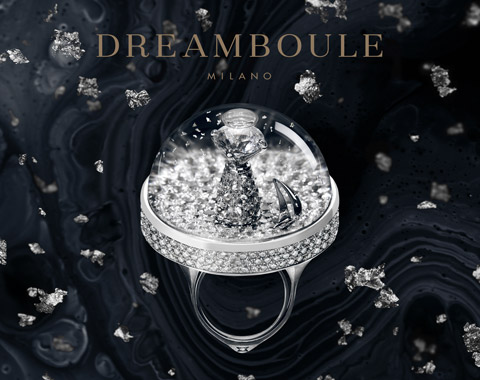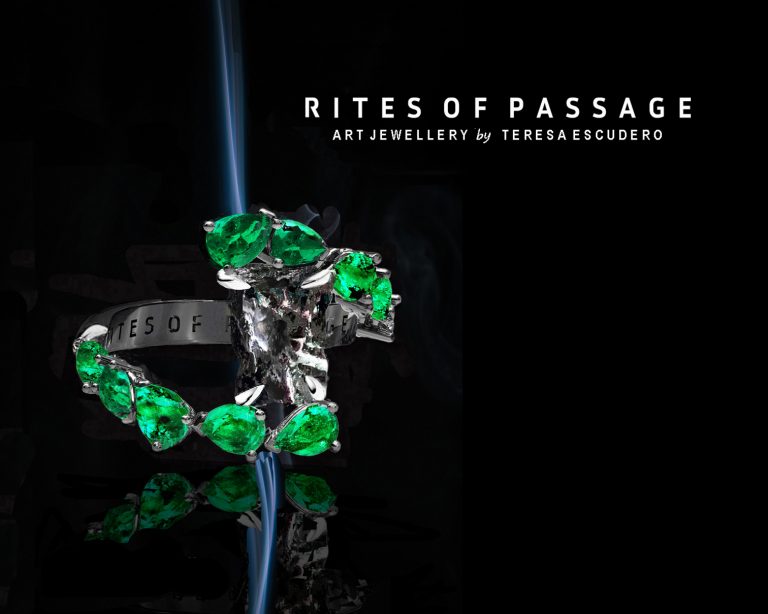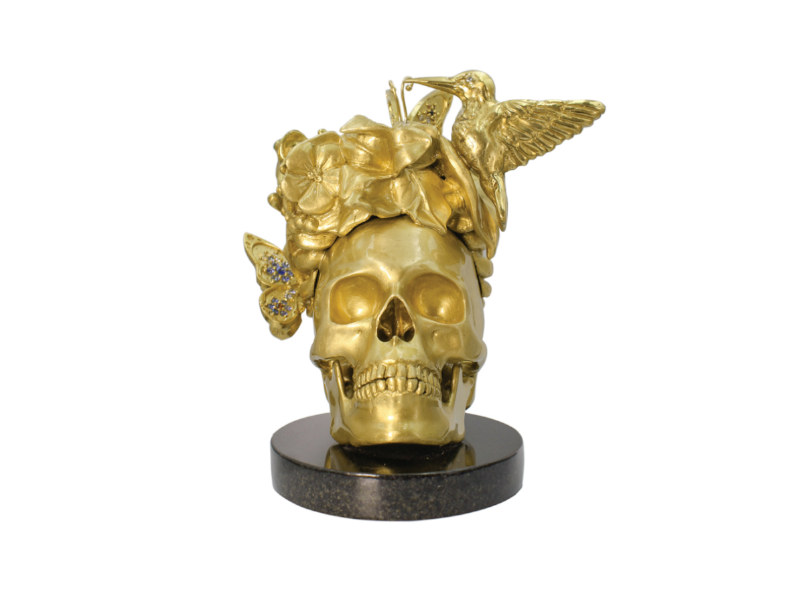
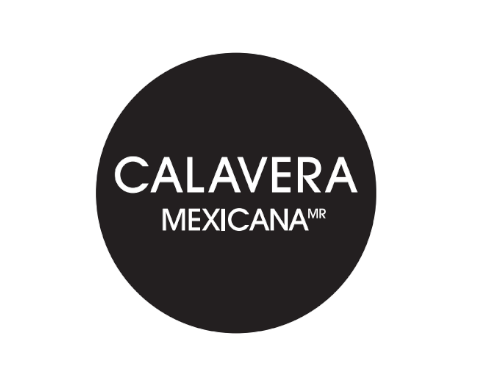
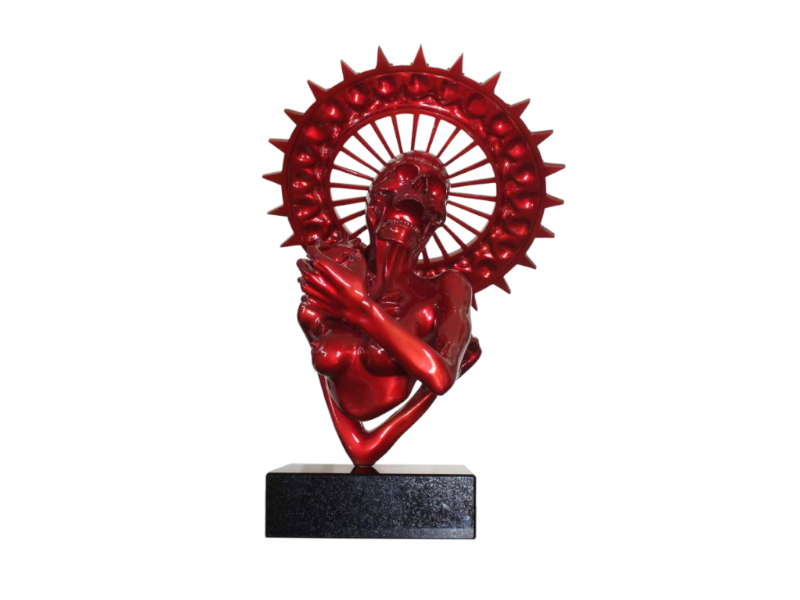
Calavera Mexicana
The sculptural work of Calavera Mexicana aims to give continuity to the pre-Hispanic conception of the duality life-death, woman-man by incorporating other concepts such as positive-negative, instant-eternity that give a new validity to this form of thought. With this field of inseparable meanings, it aims to be a work produced to remain and transcend.
Materials, such as bronze, along with ancestral techniques add durability through time. These resources are combined with digital tools of printing and 3D modeling that enrich, renew, resignify the traditional methods of sculpture, the pre-Hispanic iconography of Mictecacihuatl or Coatlicue, those of popular art, a product of the syncretism of two cultures after the conquest, and those of the modern and current Mexican art of José Guadalupe Posada, Diego Rivera or Frida Kahlo
The union between the popular and the figure of the realistic skull makes it possible to take the Mexican culture, with its sense of living death, to other latitudes, because these bones, in its aspect closer to reality, is a symbol of the end of existence recognized in much of the world.
Recovering it, however, does not imply reproducing that same value, nor does it mean prolonging only the holiday of the day of the dead in its most insubstantial expression, seen in film productions or parades with allegoricalchariots. B resignify to achieve a new language in common around identity


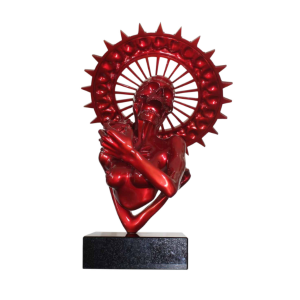
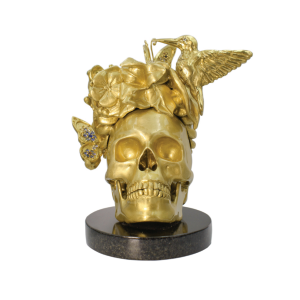
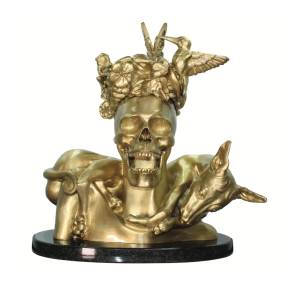

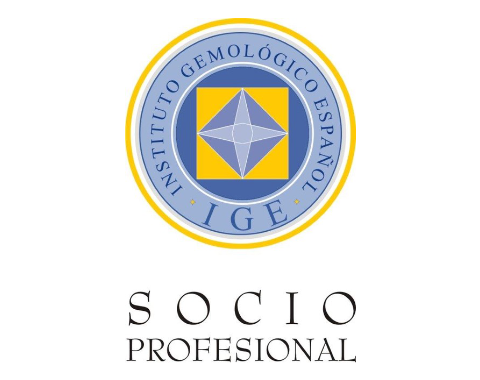
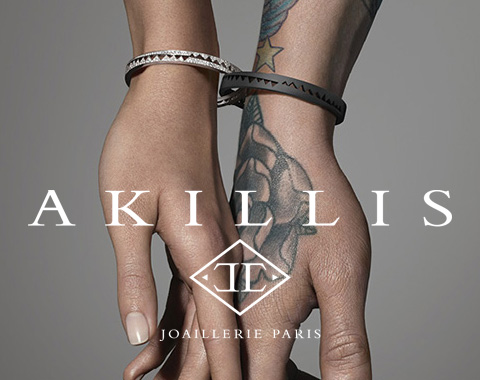

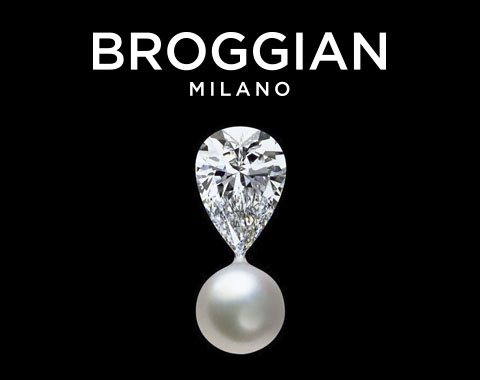
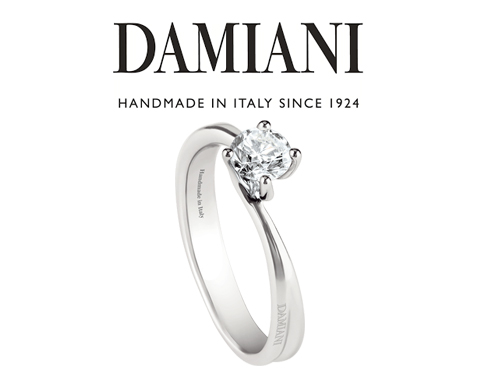
![Eleete 480×380[14014]](https://www.gomezymolina.com/wp-content/uploads/2022/11/Eleete-480x38014014-1-768x608.png)
